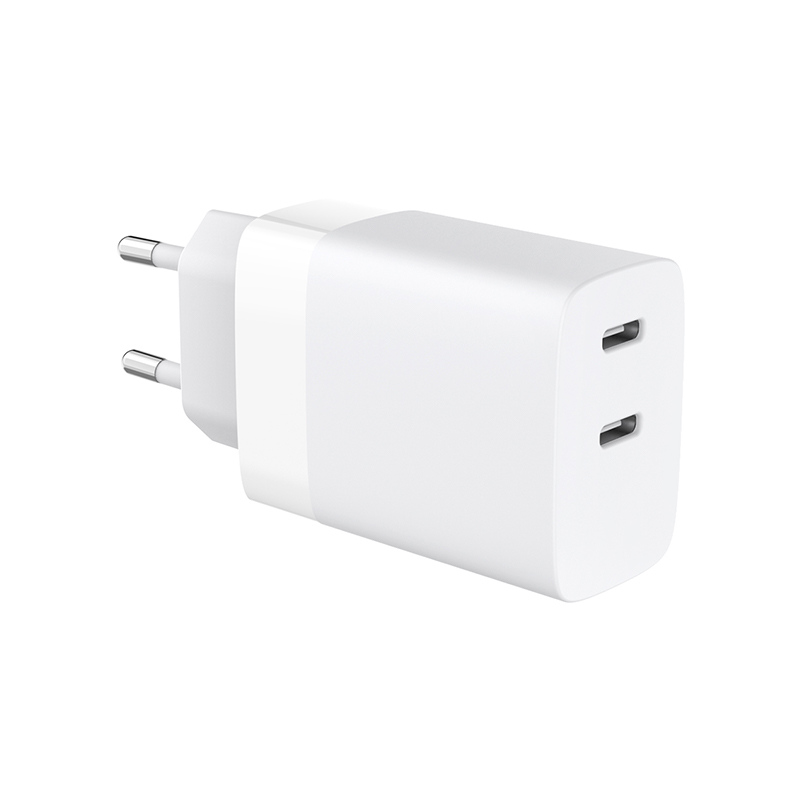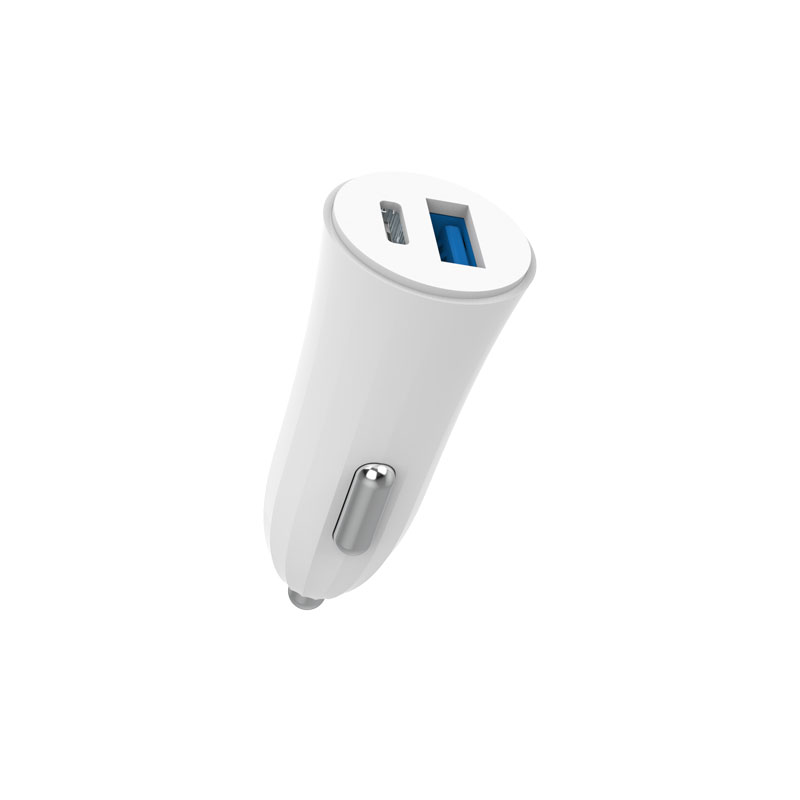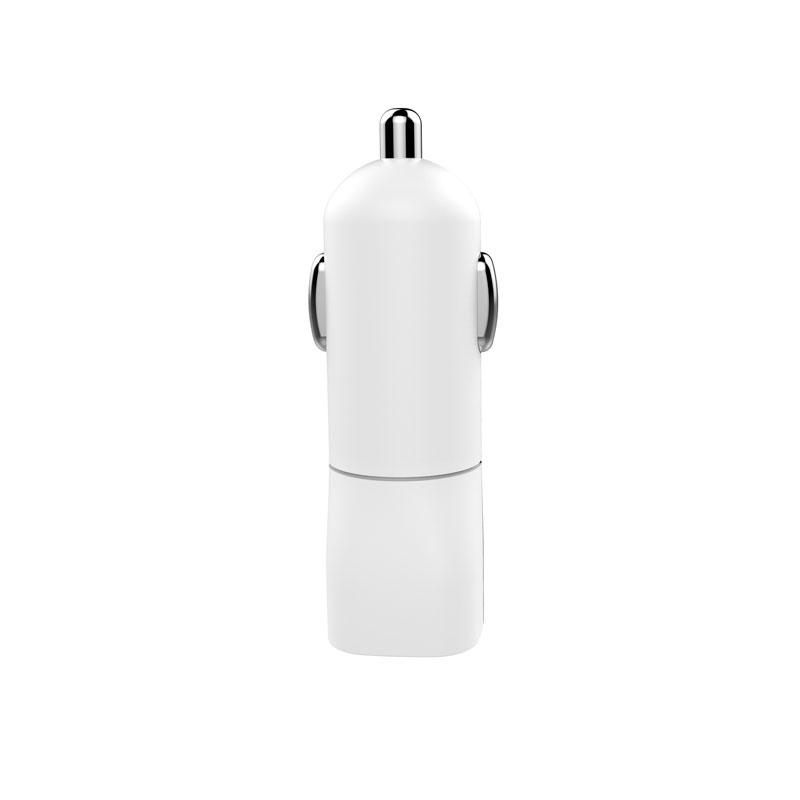How does the current of the mobile phone charger affect the mobile phone?丨MSH
 admin
admin  2025-12-08
2025-12-08
If the current is too high, it will burn the machine, and if it is too small for a long time, it will affect the life.
When the charging current of the charger is too large, the heat of the mobile phone and the battery will surge, and even damage the mobile phone components, and even cause an explosion.
The maximum output current that the charger can provide under the rated voltage. For example, 5V, the charger can output a maximum current of 1.5A at 5V. And the output power is 7.5W. If the output exceeds 1.5A and the charger has no overload protection, the side voltage will decrease. In severe cases, it is easy to cause overload damage to the charger device, overheat damage, and a power supply with poor quality or lack of protection measures, and even the risk of fire.
The charging current of the device is determined by the charging control loop of the device. The charging control loop is generally composed of electronic switches, voltage detection, and constant current loops. This cannot be quantitatively explained by simple such as P=UI, U=IR, etc.
Because the value of R is not constant in U=IR during charging, in order to keep I unchanged when the battery voltage changes, the equivalent resistance of R is under the control of the charging control loop. is constantly changing, as the battery voltage increases, R should decrease so that I can remain constant. You can use 5V, 15A to replace the 5V1A charger, this will not damage the battery.

Extended information:
The effect of the output current of the charger on the battery:
1. For batteries of different capacities, the charging current of the charger is required, because the charging current that is too small cannot be charged. The so-called trickle charging can supplement the battery capacity, which is to use the trickle charging current when the battery is about to be fully charged.
Supplement the remaining battery capacity of the battery and the self-discharge of the battery afterward. If a small current is used at the beginning of charging or in the long-term charging process, it cannot be charged at all, not to mention the loss of the battery and prolong its life.
2. Most of the chargers on the market belong to the chargers using the complex voltage method, that is, fast charging, and the charging current varies. 1.5A means that the highest current is 1.5A, but it will gradually drop to 1A and below with time and battery voltage changes, while 1A starts to decrease from the current of 1A, and its downward trend is uncertain.
So it can be replaced with 1A, but the charging time will be longer, the specific charger will automatically terminate according to the complex characteristics of the battery, and the complex characteristics of lithium batteries appear more consistent and accurate than NiCd NiMH batteries, so there is no need to worry about time. question. If it is not a poor quality charger, it will have no effect on the battery.
3. There is a difference between fast charging and slow charging. Generally, fast charging has an impact on the battery, but it is not too obvious for lithium batteries; charging current is usually one-tenth or half of the capacity of lithium batteries. Yes, for example, a 1000mAh battery can be charged at 100-500MA, but if the current is too large, the charger will heat up, which is likely to cause a safety accident.
Mobile/Wechat/whatsapp: +86 13714504149
skype: ammy.hu









